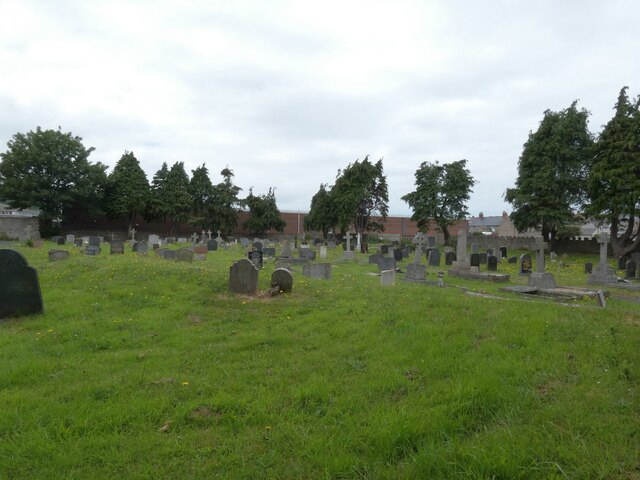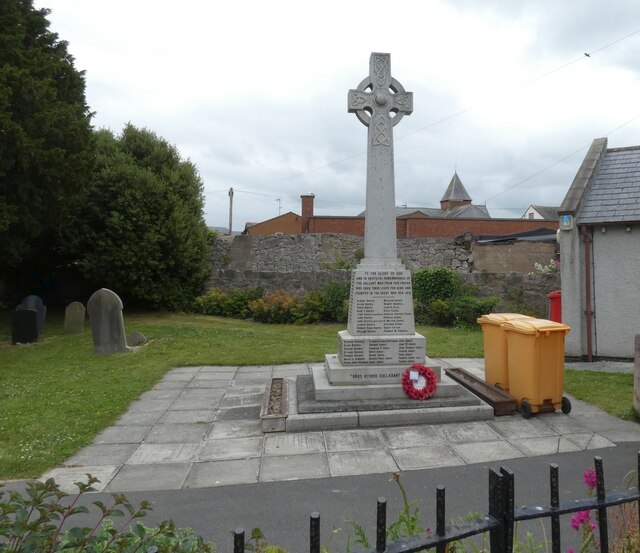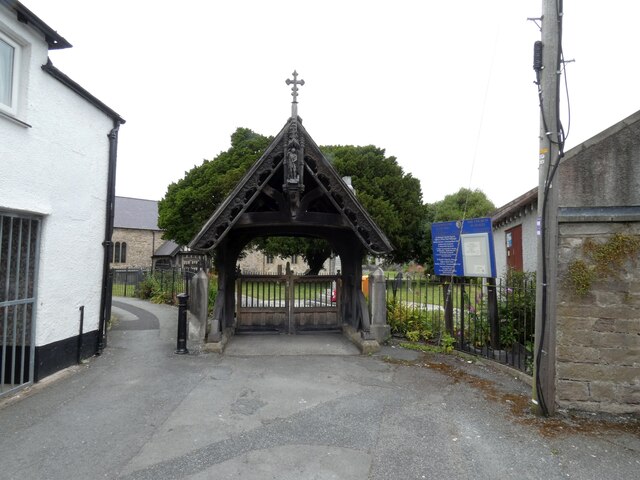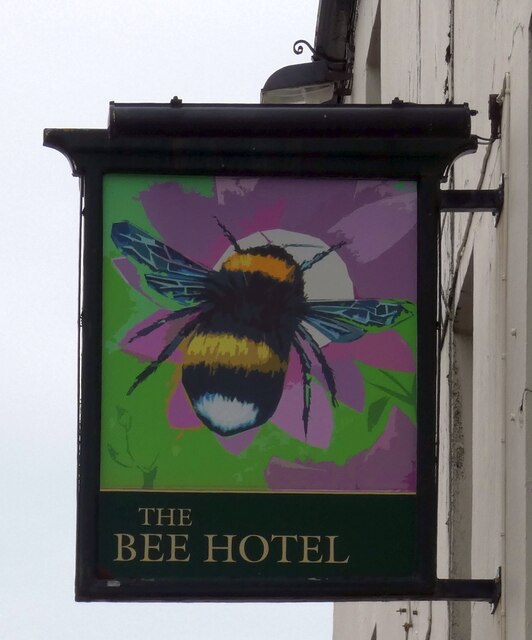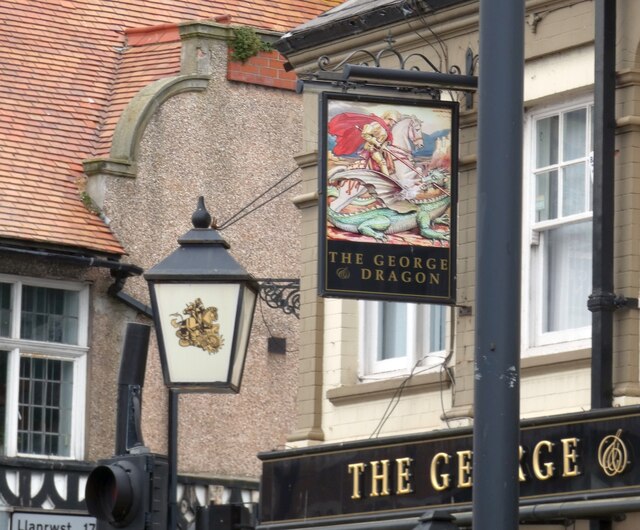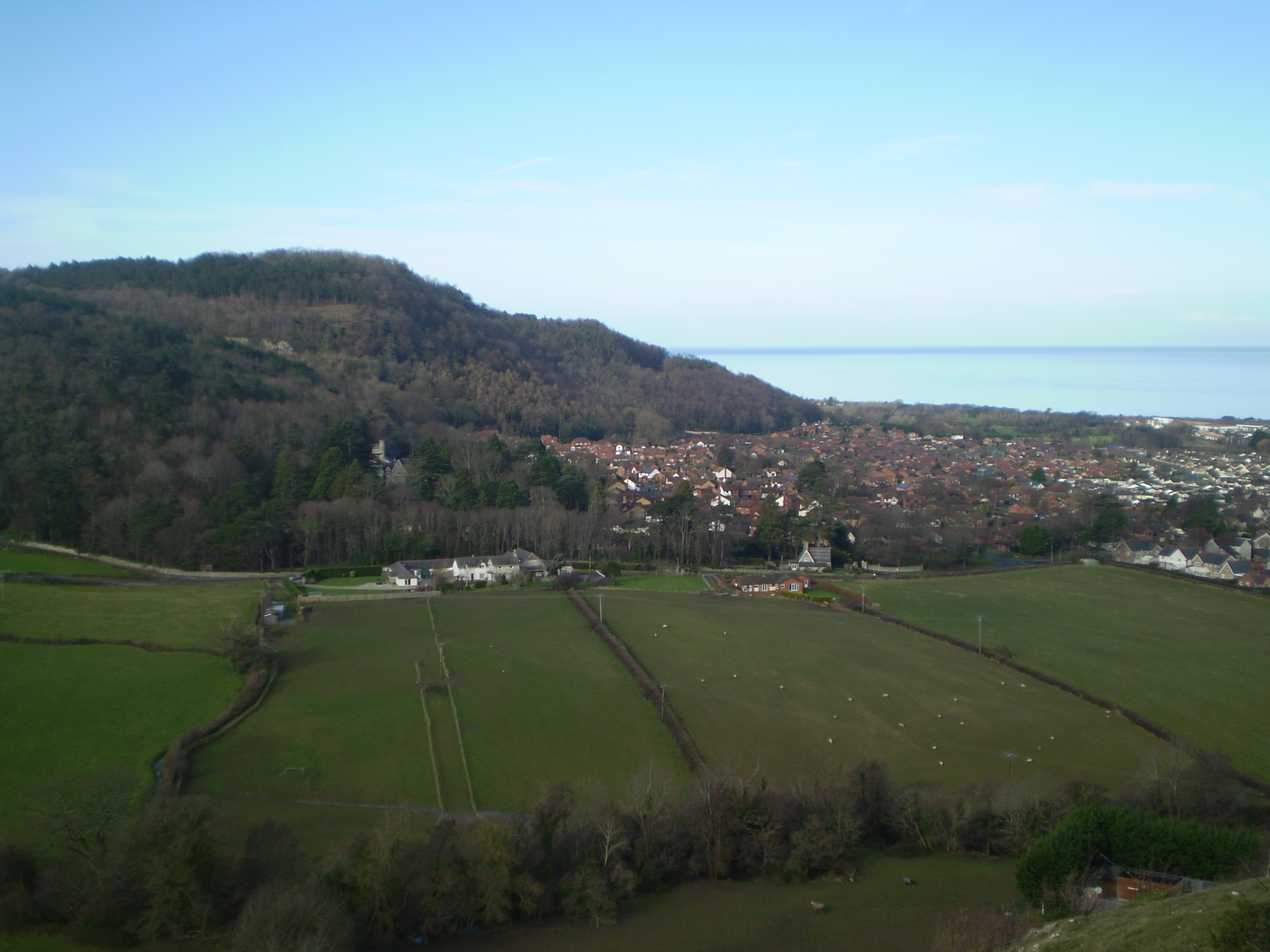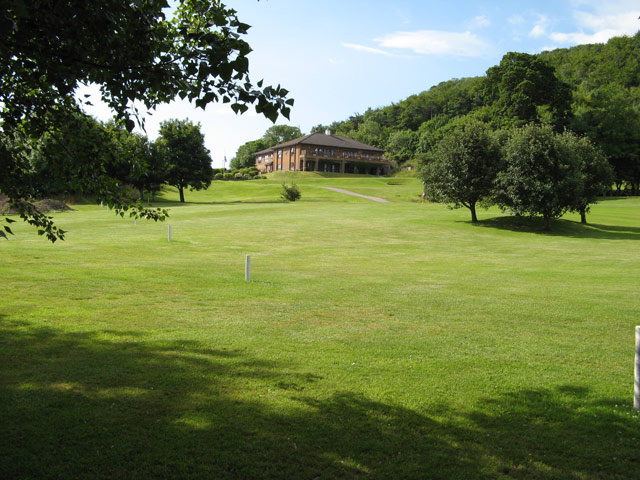Castell Cawr
Heritage Site in Denbighshire
Wales
Castell Cawr

Castell Cawr, also known as Denbigh Castle, is a historic fortress located in Denbighshire, Wales. Situated on a steep hill overlooking the town of Denbigh, the castle holds significant architectural and historical importance.
Built in the late 13th century by Edward I, Castell Cawr was designed as a stronghold to control the Welsh population during the English conquest of Wales. The castle was constructed using local limestone and consists of a large inner ward surrounded by a curtain wall and several towers. The most prominent feature of the castle is its massive twin-towered gatehouse, which served as the main entrance and also housed the living quarters of the castle's constable.
Throughout its history, Castell Cawr played a crucial role in various conflicts, including the Welsh uprisings and the English Civil War. Over the centuries, the castle underwent several modifications and expansions.
Today, Castell Cawr is a popular visitor attraction managed by Cadw, the Welsh government's historic environment service. Visitors can explore the well-preserved ruins of the castle and take in panoramic views of the surrounding countryside. The inner ward features an exhibition that provides insight into the castle's history and the lives of its inhabitants. Guided tours are available, allowing visitors to delve deeper into the castle's past.
Castell Cawr stands as a testament to the medieval military architecture and the historical significance of Denbighshire. Its imposing presence and rich history make it a must-visit destination for history enthusiasts and tourists alike.
If you have any feedback on the listing, please let us know in the comments section below.
Castell Cawr Images
Images are sourced within 2km of 53.275/-3.597 or Grid Reference SH9376. Thanks to Geograph Open Source API. All images are credited.
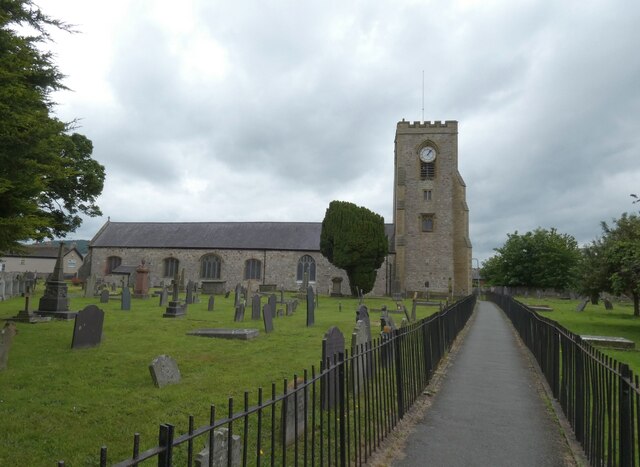
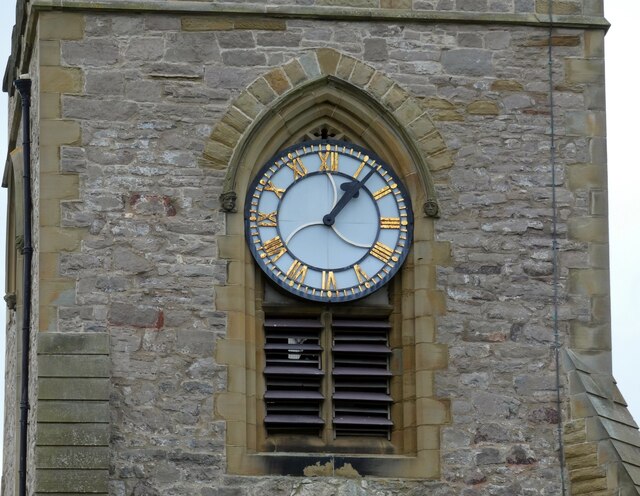

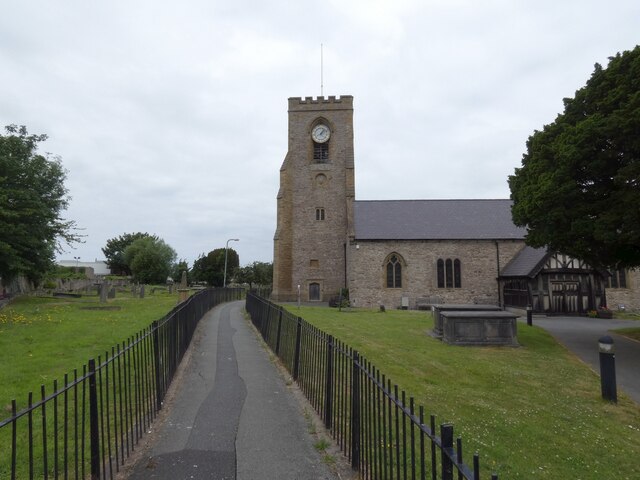
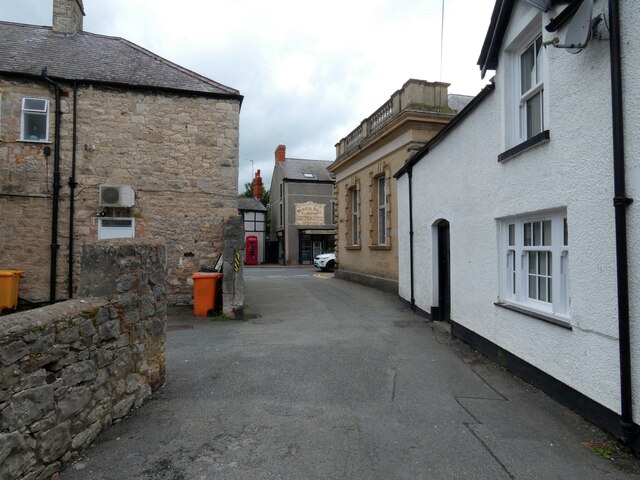
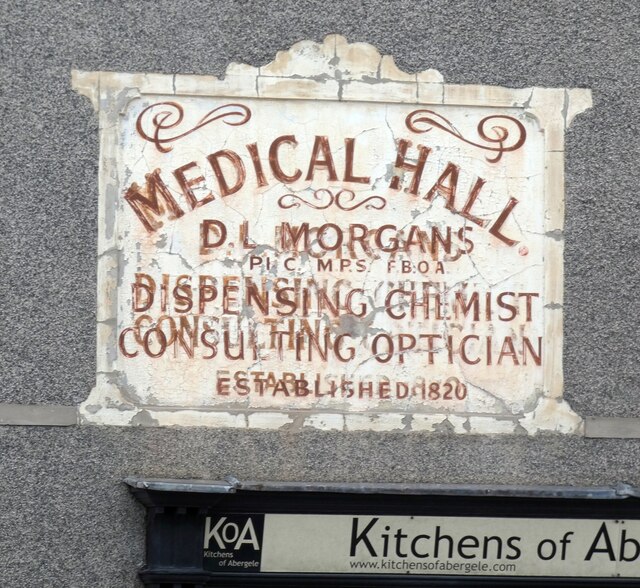
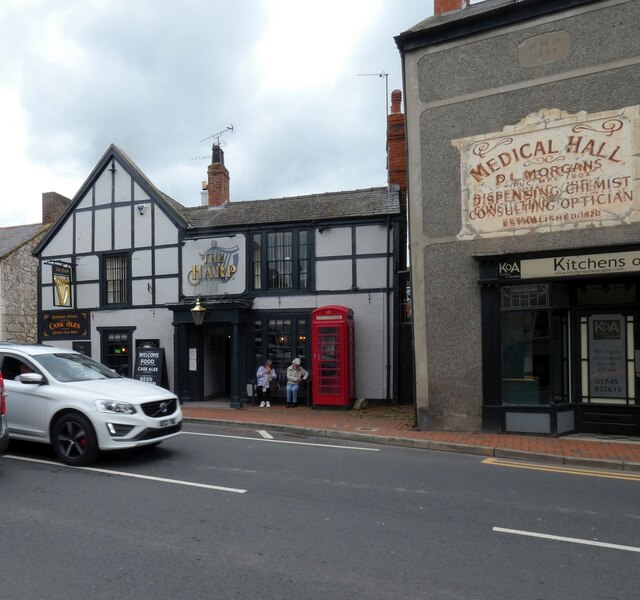
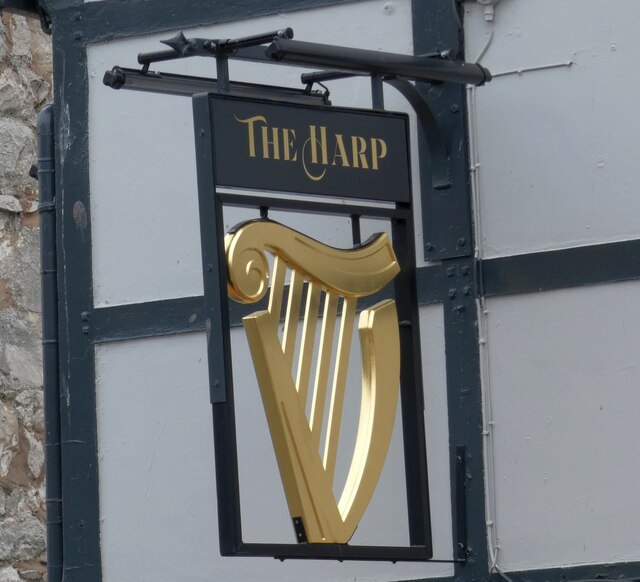
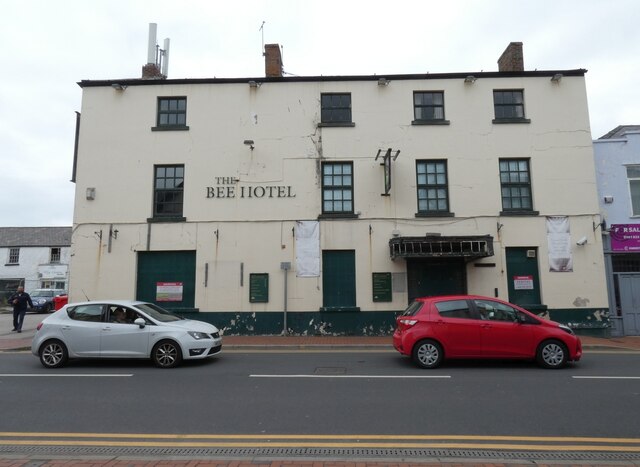
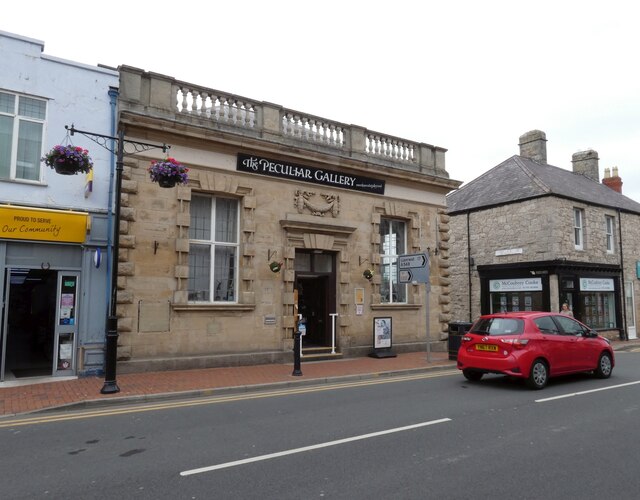


Castell Cawr is located at Grid Ref: SH9376 (Lat: 53.275, Lng: -3.597)
Unitary Authority: Conwy
Police Authority: North Wales
What 3 Words
///insurers.resolved.shelving. Near Abergele, Conwy
Nearby Locations
Related Wikis
Castell Cawr
Castell Cawr, or Tan-y-Gopa as it is known locally, is a heavily forested hill above the town of Abergele in Conwy county borough, Wales. On it is found...
Coed y Gopa
Coed y Gopa is a Site of Special Scientific Interest in the preserved county of Clwyd, north Wales. Located on a prominent limestone hillside in the Vale...
Abergele Golf Club
Abergele Golf Club (Welsh: Clwb Golff Abergele) is a golf club located in Abergele, Conwy, Clwyd, Wales. The 18-hole course was formed in 1910 and established...
Gwrych Castle
Gwrych Castle (Welsh: Castell Gwrych pronounced [ˌkastɛɬ ˈɡwrɨːχ] meaning "hedged castle") (Originally spelt as 'Gwrŷch') is a Grade I listed 19th-century...
Nearby Amenities
Located within 500m of 53.275,-3.597Have you been to Castell Cawr?
Leave your review of Castell Cawr below (or comments, questions and feedback).
